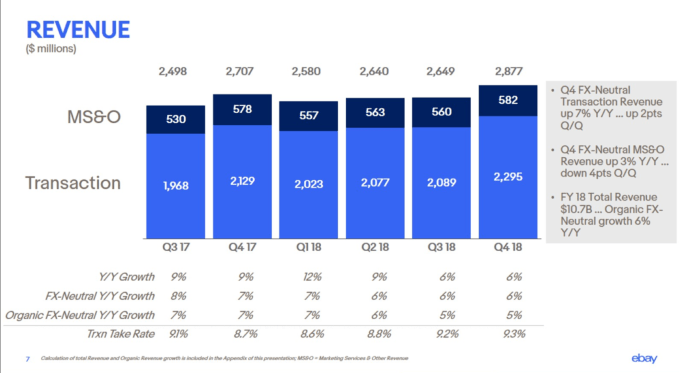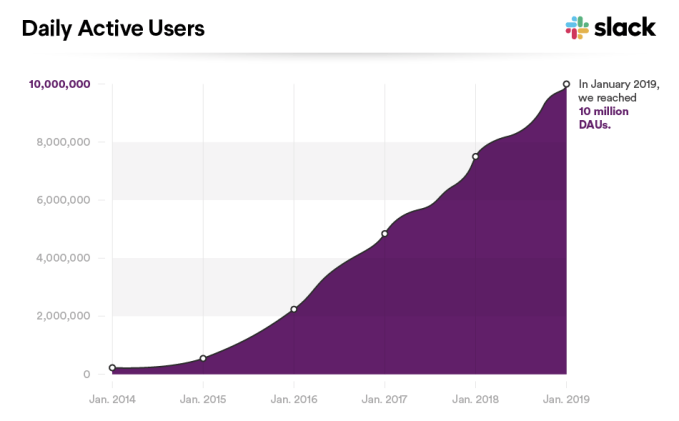There is plenty of blame to go around for tech’s monoculture of thought and ideas: VC firms stacked with Ivy League-educated white male partners; a reluctance by investors to seed businesses outside a few major cities on the U.S. coasts; investors’ obsession with a narrow set of capital structures.
The most common option for funding early-stage ventures in the U.S. is equity. But stepping back to take a look at the bigger picture of American entrepreneurship, it becomes apparent that equity is not the right fit for many businesses.
In July 2018, the Kauffman Foundation found that at least 81 percent of American entrepreneurs do not access venture capital — or, for that matter, a bank loan. This reflects not only the obstacles founders face when trying to access financing — debt often requires significant collateral, for example — but also the fact that not every company’s business model provides the scale and quick exit that investors expect with an equity investment.
But what alternatives are out there?
Quite a few, actually.
Over the course of 2018, we interviewed more than 200 investors and asset managers to gauge their interest in various alternative capital strategies. We looked at everything from new fund vehicles to alternative decision-making processes, but the one option that received the most interest from investors — with 63.1 percent willing to explore or co-create such a structure — was revenue-based financing.
What is revenue-based financing?
Revenue-based financing isn’t some groundbreaking new idea, at least outside of the venture world. A revenue-share deal typically involves a capital investment that is later repaid from a share in the revenue of a growing business. It has historically been used to invest in businesses with potentially predictable cash flow and high profit margins, from Hollywood movies to high-margin service businesses.
But the concept has been gaining steam in the venture capital industry. An increasing number of venture funds are actively deploying revenue-share tools. Novel GP has a $12 million fund focused on revenue-share investments in software-as-a-service companies. Indie.vc recently raised their second $30 million fund that invests through a “profit-sharing” structure by which the fund receives disbursements based on net revenue or net income, depending on which is greater. Candide Group, Adobe Capital and our affiliated fund VilCap Investments are a few more examples.
Why now? The past few years have seen a swell of criticisms of Silicon Valley’s insular culture and broken power dynamics, as well as several high-profile disasters, from Theranos to Bodega. There’s been a welcome uptick in investors looking to branch out to overlooked and under-capitalized communities and industries.
Revenue share is not a silver bullet for all investment opportunities.
These investors will soon find that equity can often be a square peg for a round hole. Equity investments can work quite well for businesses that have a clear path to scale and exit. But many investors told us they see a gap in the market for companies that do not meet the requirements for traditional financing structures, but do reach profitability faster and grow revenue more quickly. The main benefit of a revenue-based financing vehicle is that it can provide a risk/return profile in “the middle” of traditional debt or equity.
This could mean better returns. A recent Cambridge Associates report found that, over a 10-year period, the stock market yields slightly higher return on capital than the average (equity-dominant) venture capital fund.
How would a revenue-share fund perform? After backdating a hypothetical revenue-share investment in the 30 companies, we found that, on average, it would take around 4.4 years to realize a 3x return on the initial investment amount, which ranged from $20,000 to $100,000.
Revenue share is not a silver bullet for all investment opportunities. Any revenue-share fund will face challenges in implementation. And investors are taking on the risk that the companies they support will gain traction in the market; if the companies fail to generate revenue, positive cash flow or profit (depending on the structure), the investors may not be able to recover any capital at all.
The structure also presents some challenges to entrepreneurs. The repayment obligation of revenue-share agreements can prevent startups from reinvesting revenue back into the company’s growth. This obligation could also scare away investors who are unfamiliar with revenue share and reluctant to invest in companies with outstanding commitments on their capitalization tables — which includes several of the investors we interviewed.
Finally, based on the experience of VilCap Investments and other practitioners like Candide Group, we’ve found that revenue-share financing is generally only appropriate up to a certain size of investment, generally between $50,000 and $500,000, depending on the expected return multiple and timeline, and the company’s annual growth rate and traction at time of investment.
When we talk about innovation in venture capital, it’s generally in the context of the new and transformative products and services that the companies we support are building. But as those of us in the investment community branch out to support businesses that are more reflective of the diversity of American entrepreneurship, we need to start innovating in investment structures and processes themselves.




